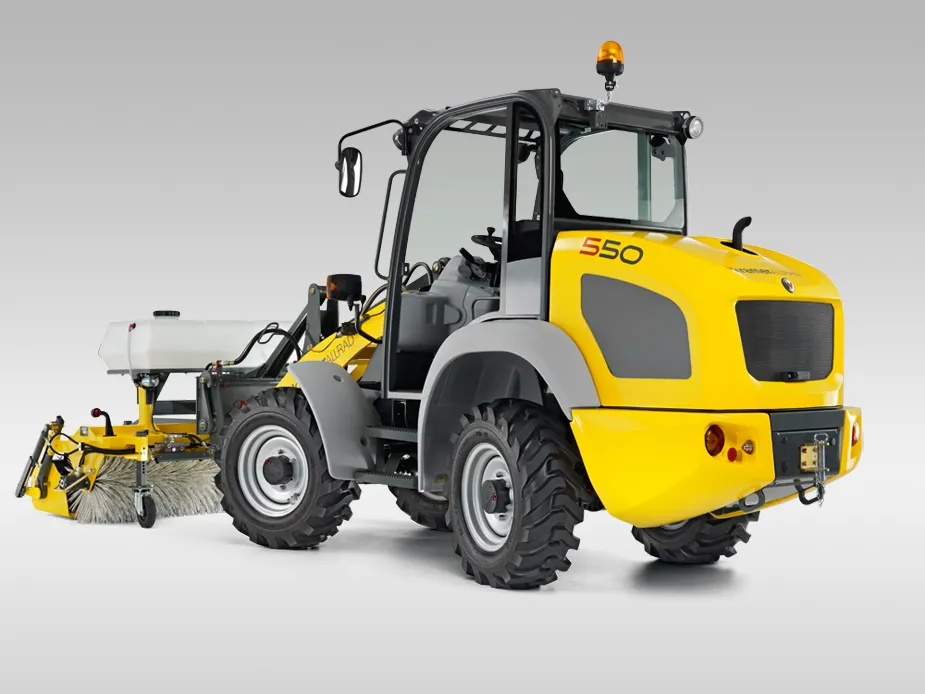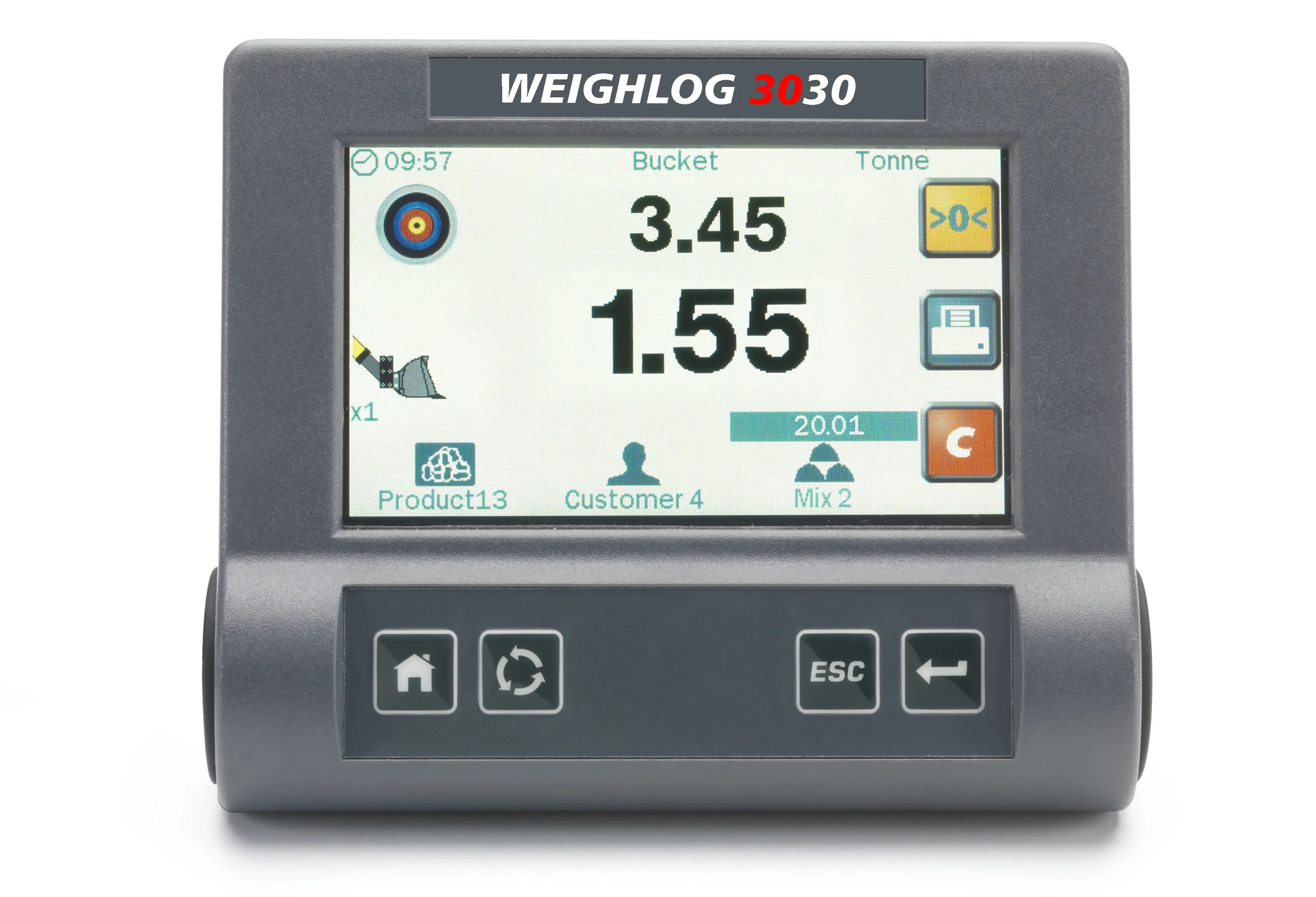JCB has extended its telescopic handler range, with the addition of a heavy-duty machine that has been designed for tough operating conditions. The 560-80 has a two-stage boom capable of lifting 6,000kg (12,000lb in the US market) with a maximum working height of 8.1m (26’2”), with a 1,750kg (3,750lb for the US) load capacity at full forward reach.
January 6, 2017
Read time: 2 mins

The 560-80 is a telehandler that delivers wheeled loader performance, making it Ideal for waste handling and other heavy digging and loading applications, says the manufacturer. A full Wastemaster specification, with additional cab and driveline protection, is available as an option. JCB Attachments has also developed a 5m3 bucket for the machine, specifically for use in low density waste handling operations.
To meet this requirement and to cope with prolonged bucket use, the 560-80 has a heavy-duty implement carriage with a broader boom nose than a standard telescopic machine. The boom is also equipped with a wheeled loader-type Z-bar linkage, to deliver increased breakout forces up to 6,800kgf.
The loader is powered by a 108kW JCB Ecomax diesel engine, which meets US EPA Tier 4 Interim/EU Stage IIIB emissions standards without the use of a diesel particulate filter (DPF). Customers can also order the loader with JCB’s Auto Smooth Ride suspension system for load and carry work. This system reduces bounce in the boom, improving bucket load retention.








